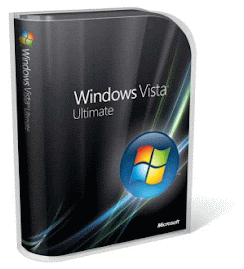
NetApp has been named the Microsoft 2009 Partner of the Year, in the advanced infrastructure, storage solutions category. NetApp was chosen out of an international field of top Microsoft partners for delivering market-leading customer solutions for Microsoft Hyper-V environments.
NetApp was chosen on its partnership with Microsoft and complete solutions that help reduce customers' costs, maximize storage efficiency, and improve availability in virtual environments. With NetApp, Microsoft customers can reduce the amount of storage they need by at least 50 percent when they also use NetApp technologies such as thin provisioning and deduplication, the company said.
NetApp utilizes a variety of Windows Server platform technologies to improve storage system management and streamline backup, recovery, and remote replication in Windows Server 2008 Hyper-V environments. In addition, tight integration with the Microsoft System Center family of products and additional application-integrated NetApp products help maximize uptime for a wide variety of application environments, including Microsoft Exchange Server, SQL Server, and SharePoint Server. Since NetApp storage solutions are tightly integrated with Microsoft's technologies, customers are backed by NetApp's global customer support infrastructure, which integrates Microsoft Premier Support.
"We are very excited about working with NetApp to deliver innovative end-to-end solutions to our joint customers. The combination of our technology with NetApp's storage solutions gives our customers the tools they need to improve efficiency, reduce costs, and drive their businesses forward," said Kim Akers, General Manager (Global Partner Team), Microsoft.
Rajesh Janey, President (Sales), India & SAARC, NetApp, said, "Being chosen as Microsoft's Storage Partner of the Year is a great honor for NetApp. While this award establishes NetApp as the leading storage solutions provider for Microsoft virtualization customers, more than anything it underlines the customer success our partnership and close collaboration has delivered."







